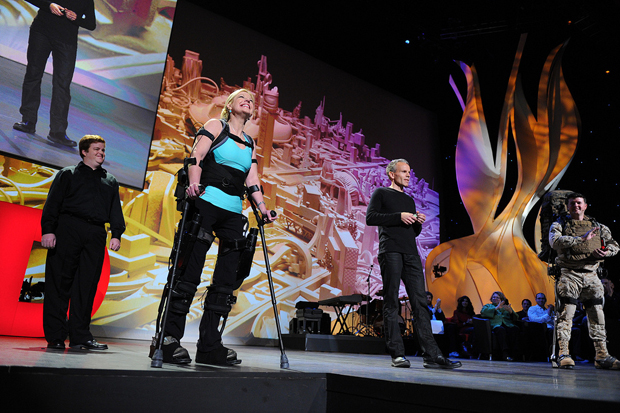After 21 years together Shiba the lioness spends hours grooming her dying mate before he was euthanised at Pittsburgh Zoo
They spent their whole lives together and their love was plain for all to see.
But now Juma, the lion king, is dead and his queen Shiba is having to get used to life on her own after 21 years of 'married bliss.'
Juma, the pride of Pittsburgh Zoo, passed away after battling age-related ailments including feline dementia.

Putting their heads together: When Juma arrived at Pittsburgh Zoo, Shiba had already been there a year. After initially being indifferent towards each other they soon became pals
His death followed weeks of barely eating anything. In his final days and he ate nothing and Shiba barely left his side, constantly grooming him as he grew too weak to move.
Kathy Suthard, the zoo's lead carnivore keeper, said: 'As you watched Juma and Shiba, they reminded you of an old married couple.
'They were always together. They would curl up together at night on one of the sleeping platforms.

My space: Juma and Shiba's fondness for staying outdoors made them a favourite with zoo's visitors, along with Juma's impressive roaring
'When Juma’s arthritis prevented him from jumping up to the platform, Shiba would join him on the straw bed we made for him.'
Fortunately Shiba, who at 22 was a year older than Juma, seems to be coping with life alone.
Miss Suthard said: 'I think that she sensed that Juma wasn’t feeling well.
'Days before he died, she spent hours grooming him and would stay very close. A couple days after his passing, she seemed distracted.
'Shiba stayed inside for a couple of days but is now back to her routine.'

Mr and Mrs: The duo used to remind keepers of 'an old married couple' in their later years
Before his sad decline Juma was one of the visitors' favourites at the zoo because of his love of roaring.
While so many animals are content to shy away, he wanted to be seen.
When he wasn't sitting upright baring his muscular chest or pacing up and down he could be seen lounging with Shiba on their rock.

Grand old man: Proud Zuma strikes a pose for a visitor
Miss Suthard said: 'Juma would sit very still and watch the visitors stop and take photos.
'He would roar to let everyone know that this was his territory.'
The African lion arrived at the zoo in 1990 when he was just a year old.
He had been confiscated from a private breeder in Ohio after local farmers complained to the sheriff's office about him escaping from his enclosure and eating poultry.

Snuggy time: Shiba lets Juma rest his head against her to take his mind off his troubles
'Juma was a nuisance to the neighbourhood,' says Miss Suthard. 'He was constantly escaping from his enclosure.'
The sheriff wanted to make sure that Juma was sent to a good home rather than being euthanised.
Miss Suthard said: 'The Ohio zoos weren’t interested in a male lion from the pet trade, so he called us and this has been Juma’s home ever since.'
The year before, the Zoo had welcomed Shiba.
'Since both were young, we wanted to put them together. At first they were wary of each other, but they grew together,' said Miss Suthard.

Alone with his thoughts: The African lion, who spent his first year with a private breeder in Ohio, ponders a life behind bars
In the wild, the male lions are the leaders of the pride, but Shiba was the stronger personality.
At first she would push Juma around, but eventually she became submissive and let Juma be the leader.
One of his quirks, keepers discovered, was a love of scents. Spiec and peppermint were his favourites.
Keepers would sprinkle the scents on his straw. He would roll around and lay on it for hours.
But the passage of time stands still for no one, including monster beasts like Juma, and eventually he started losing his faculties.

Breathless: In his final year, Zuma was plagued by age-related ailments such as arthritis and dementia. Occasionally he would act like he didn't know where he was
In its blog, Pittsburgh Zoo wrote: 'It is with great sadness that the Pittsburgh Zoo & PPG Aquarium announces that Juma has passed away. He had been suffering from age-related ailments in the past year including feline dementia. "He would sometimes forget where he was and look around like he was lost," says Dr. Stephanie James, Director of Animal Health.
'"As his senior moments increased, his appetite decreased. His keepers tried to encourage him to eat by giving him his favourite food, ground turkey. We knew that despite everything we were doing, his quality of life continued to deteriorate."'
After careful thought, veterinary staff and lion keepers made the difficult decision to euthanise Juma, the blog added.























![[MBAWRITE]](http://si.wsj.net/public/resources/images/MK-BK264_MBAWRI_G_20110302173728.jpg) James Yang
James Yang 

